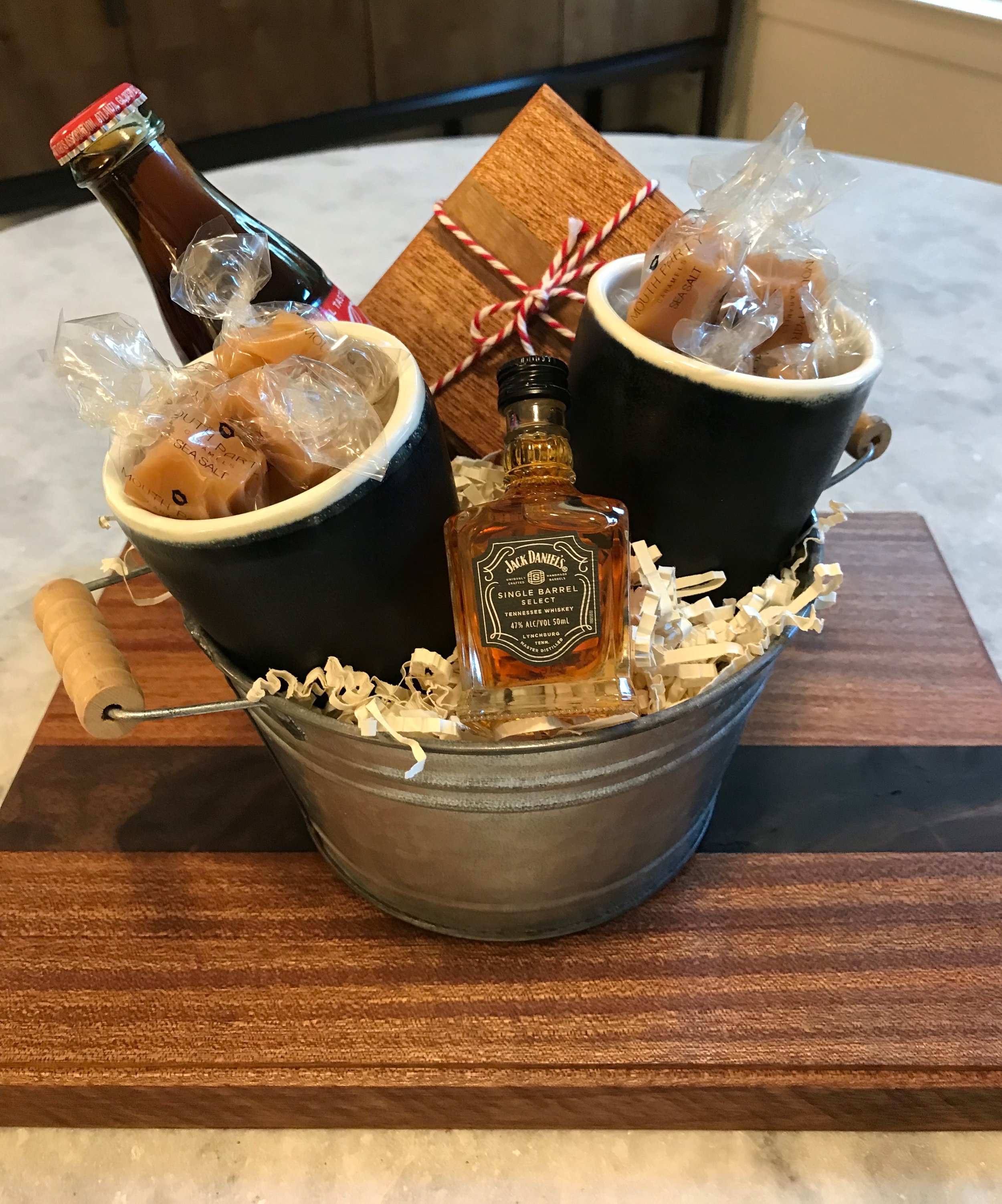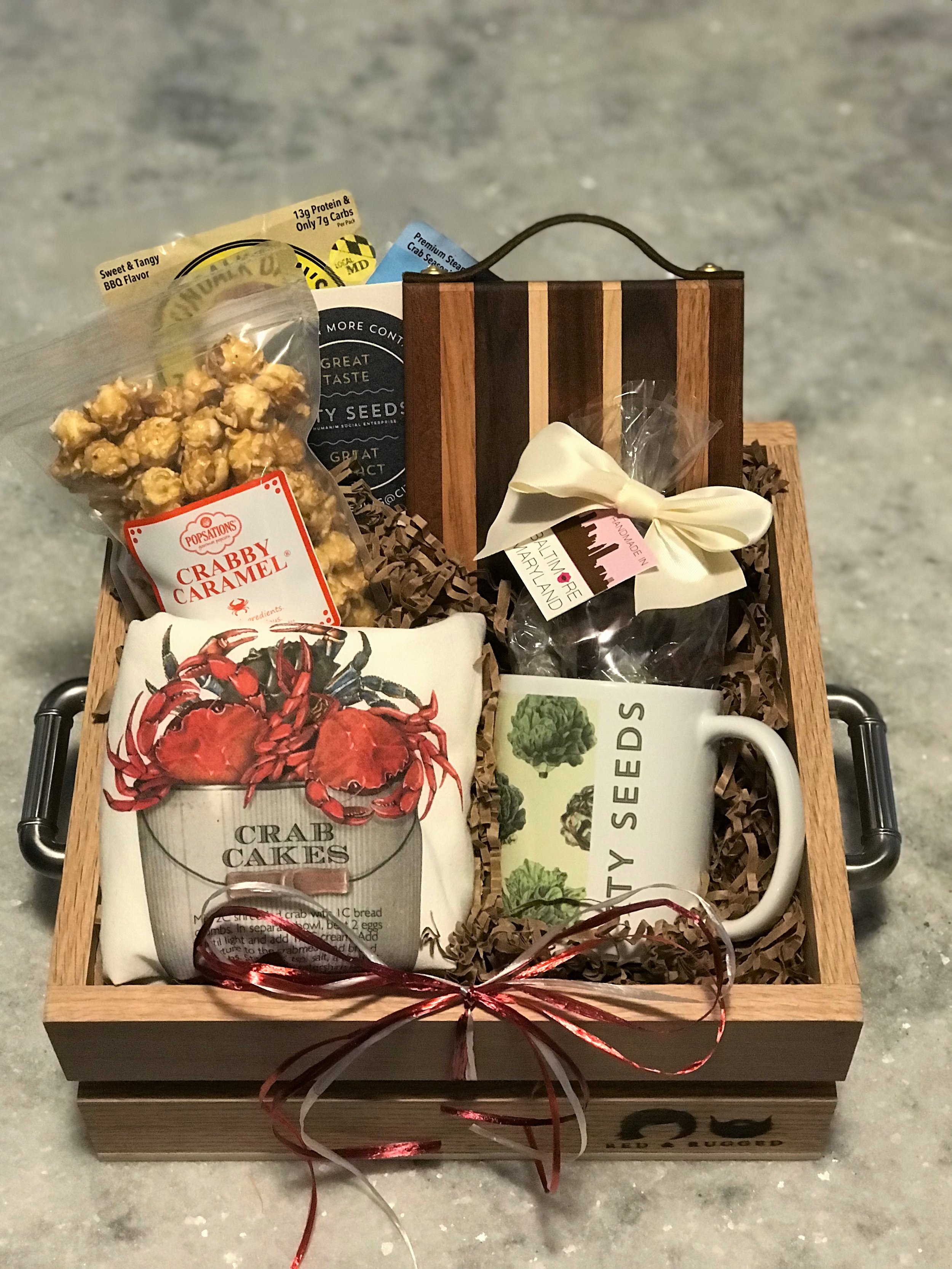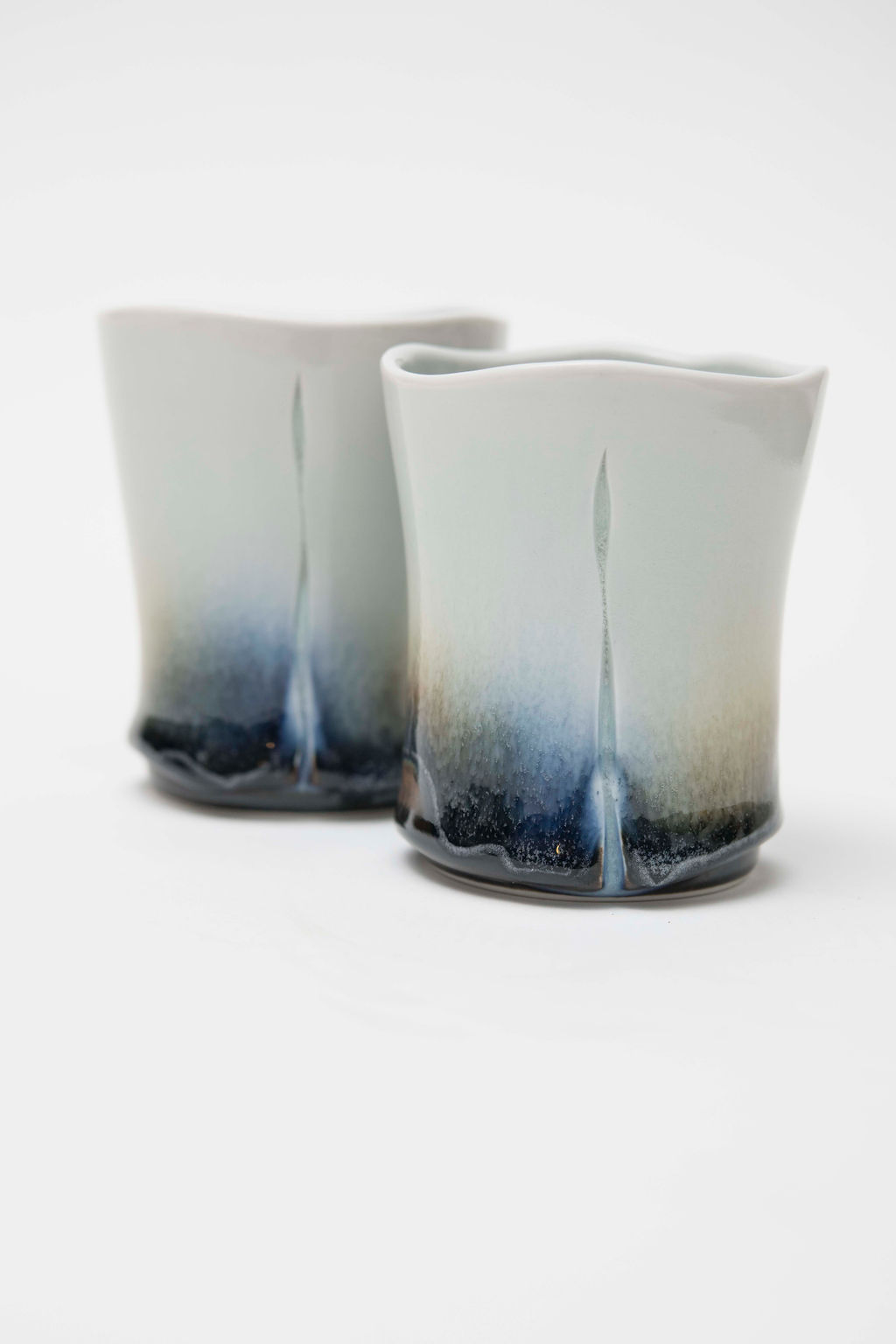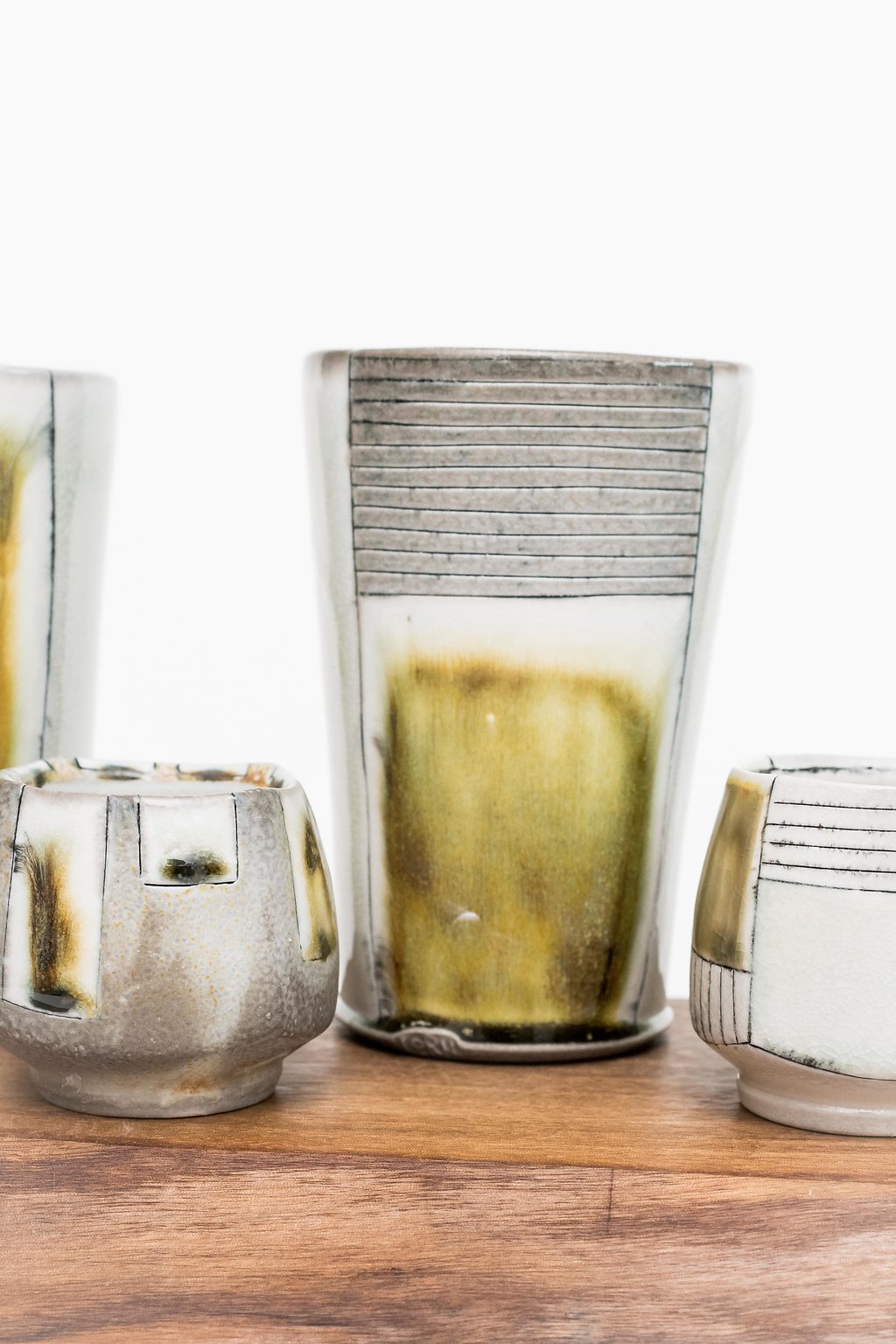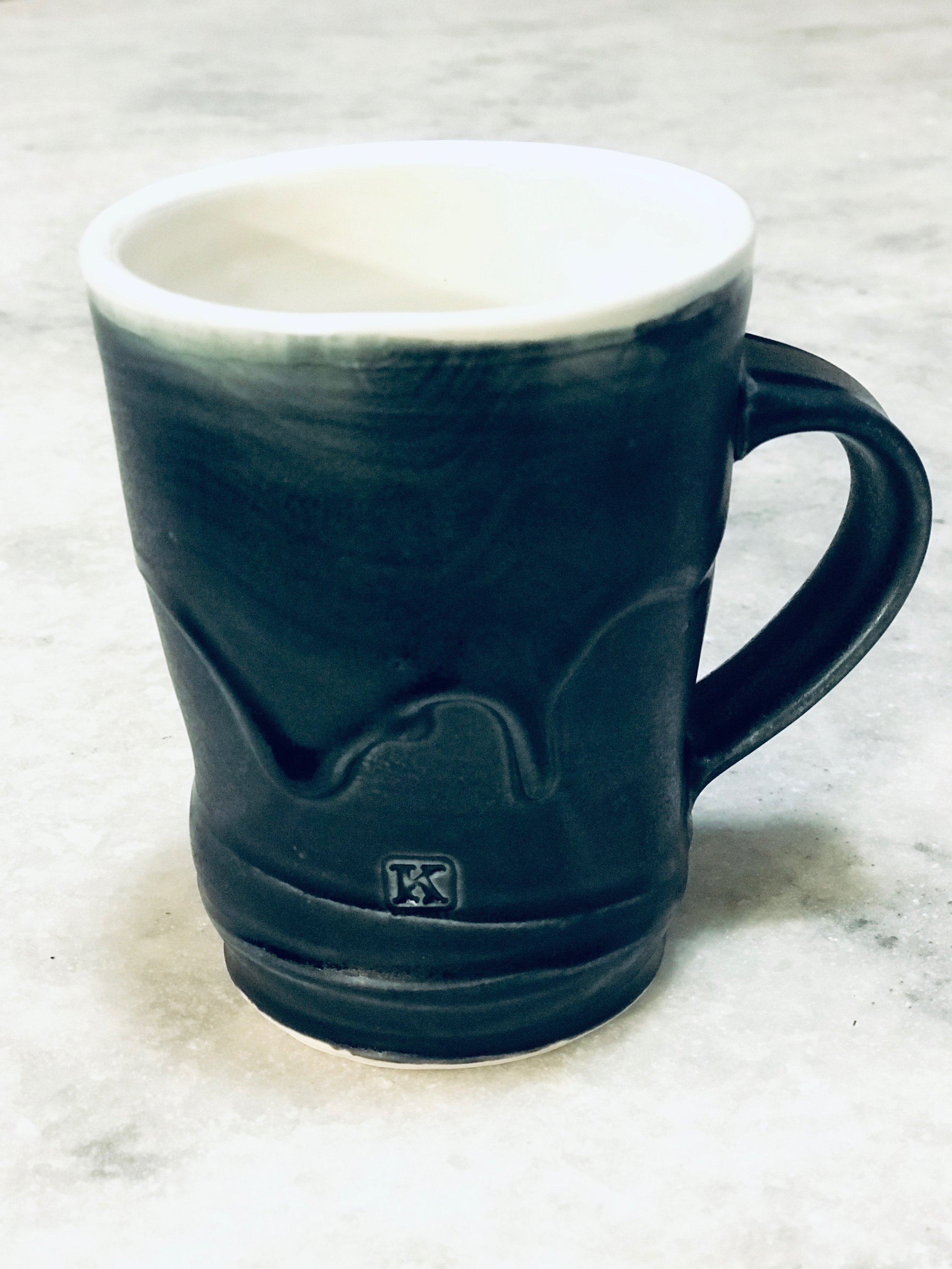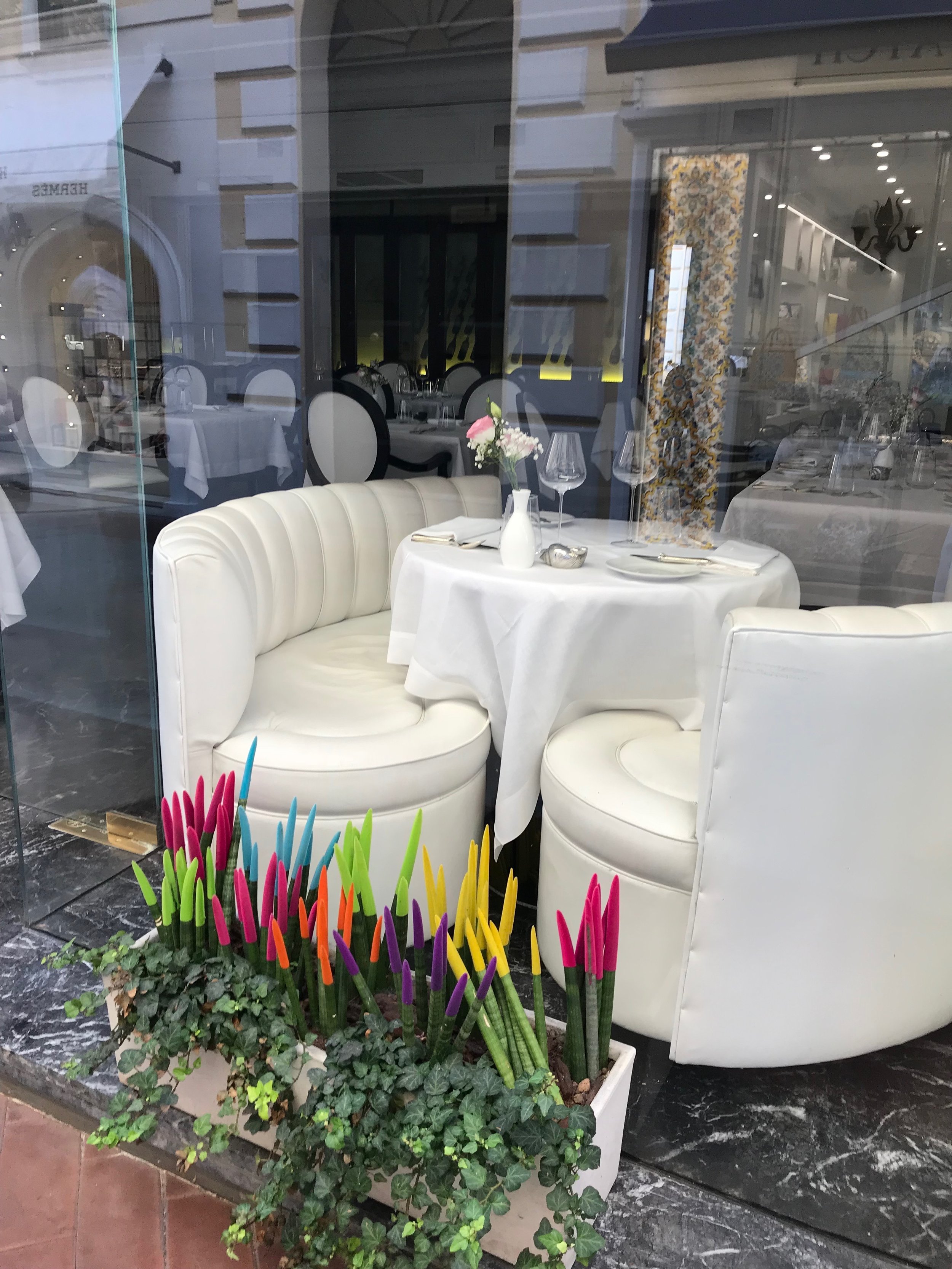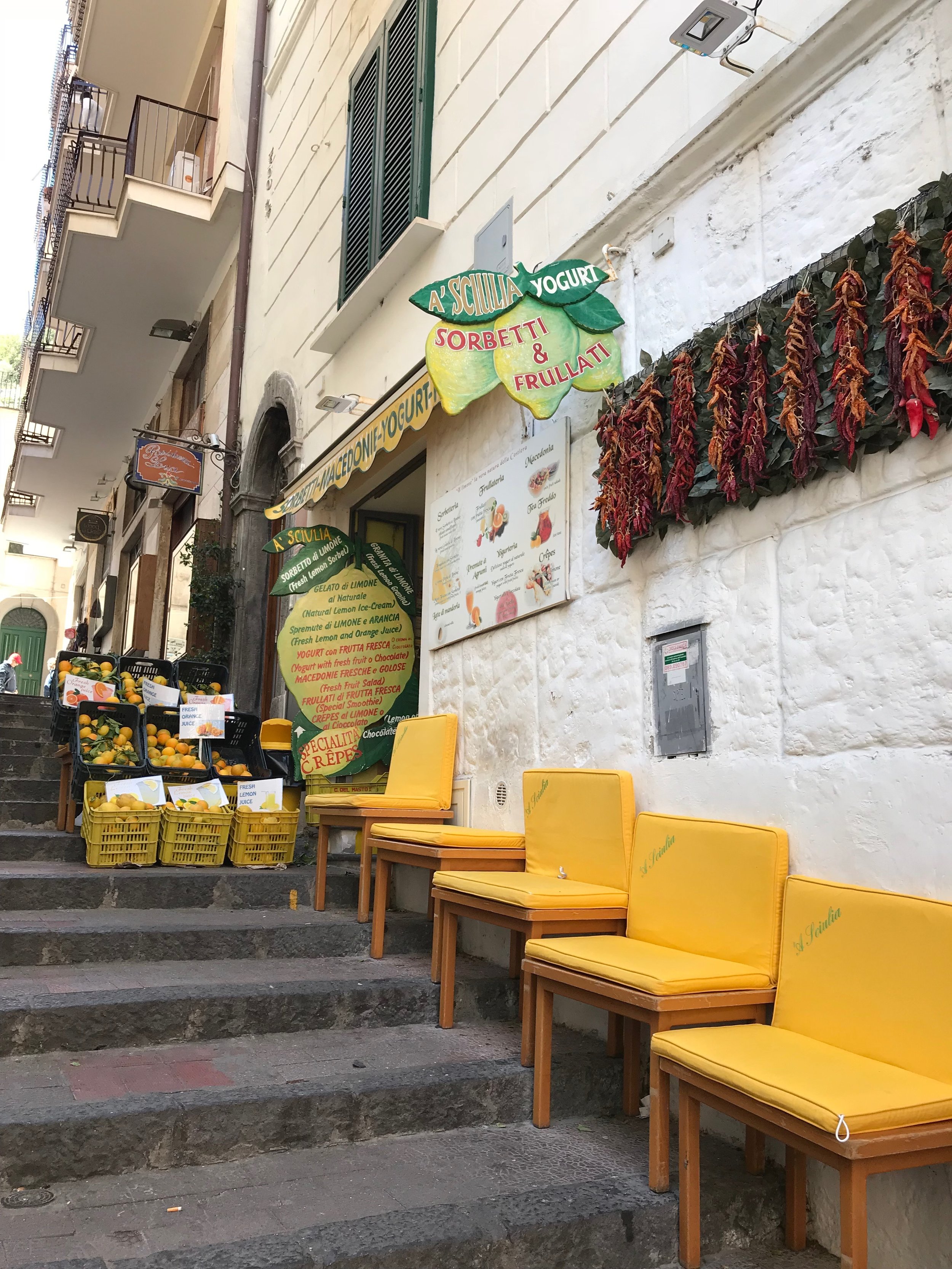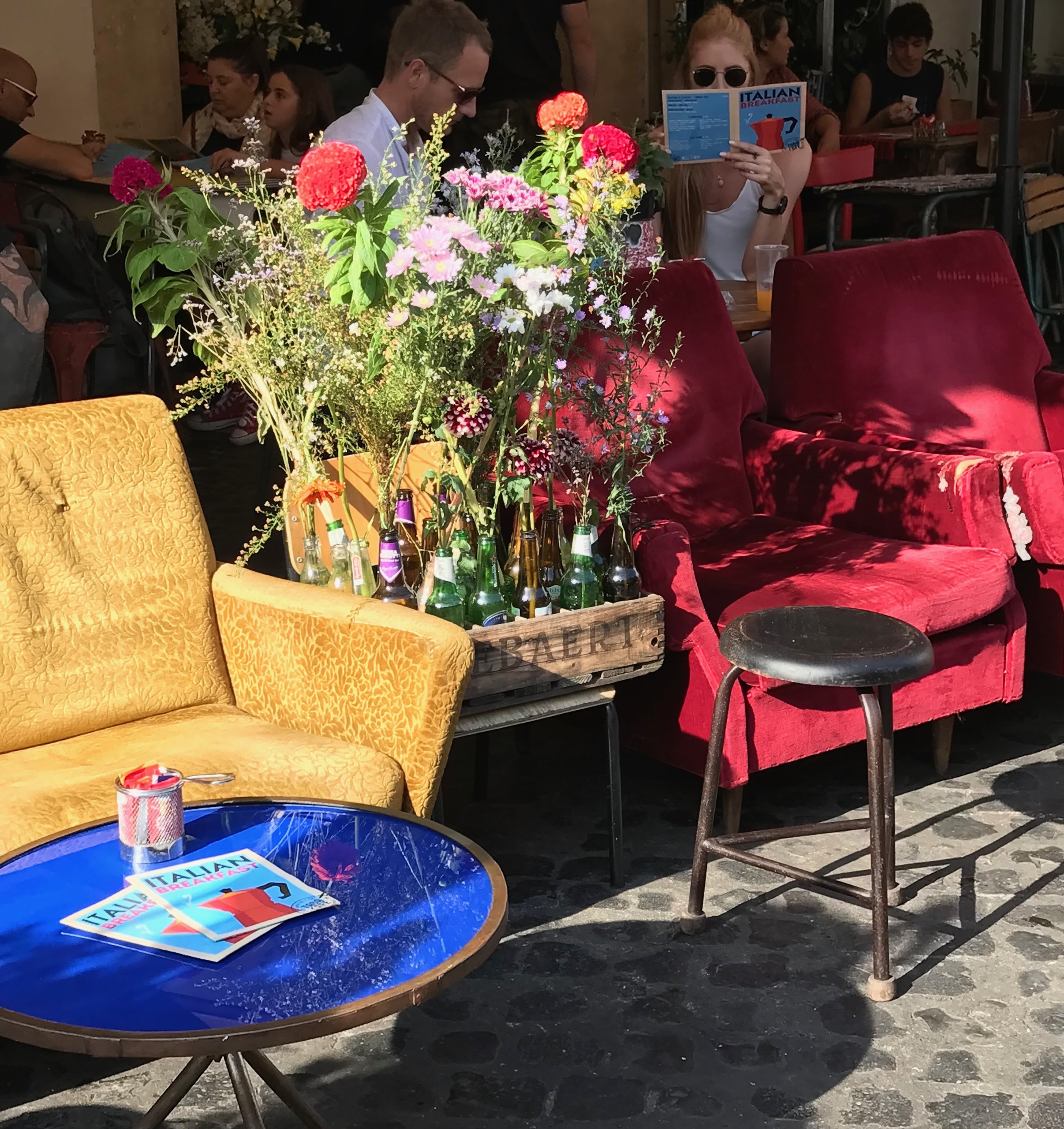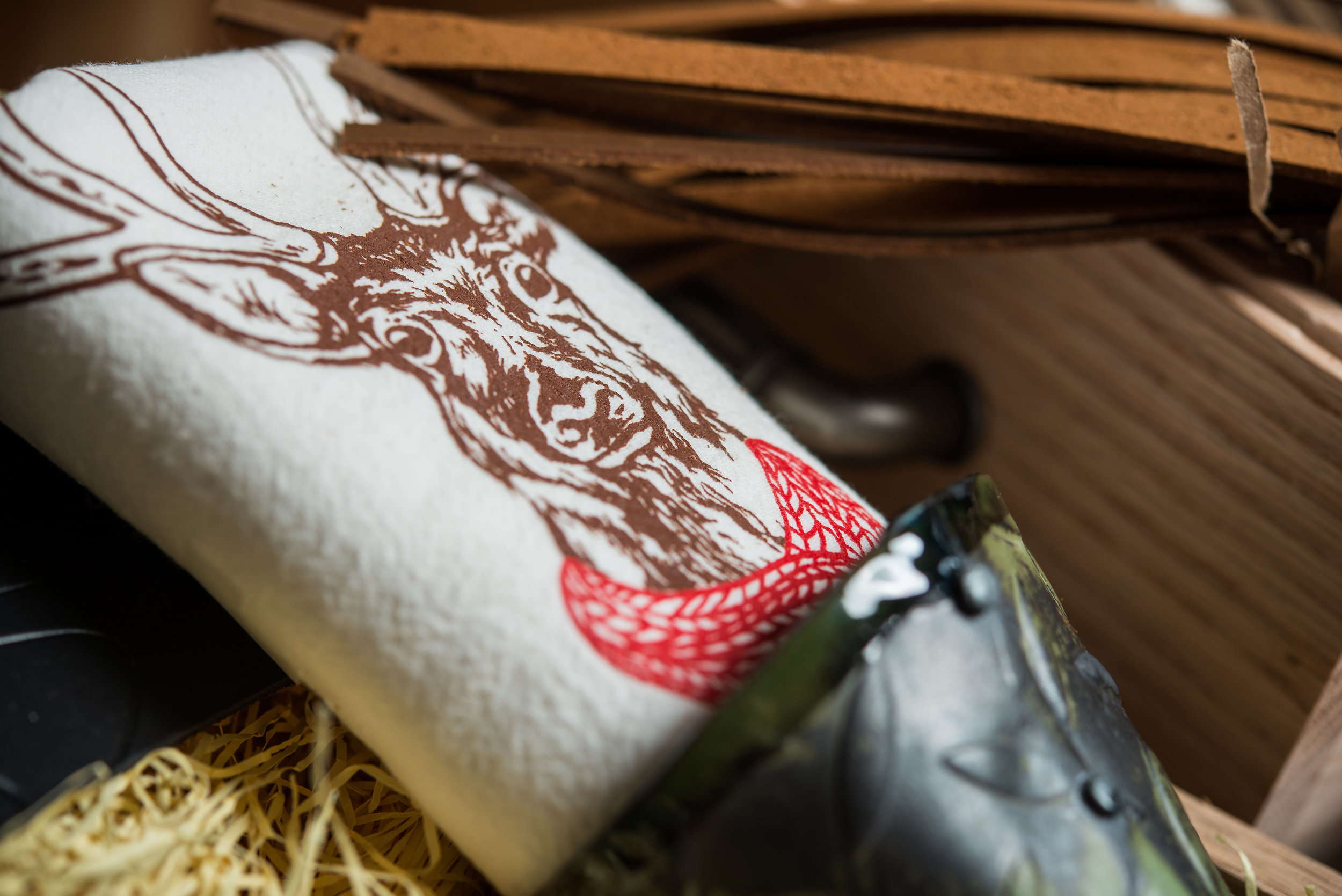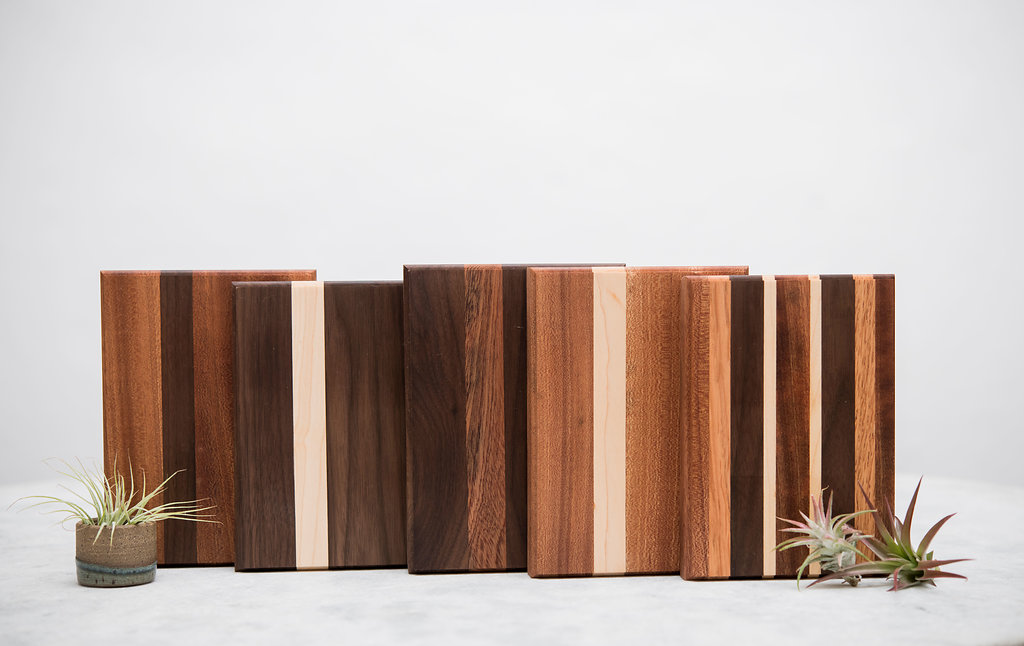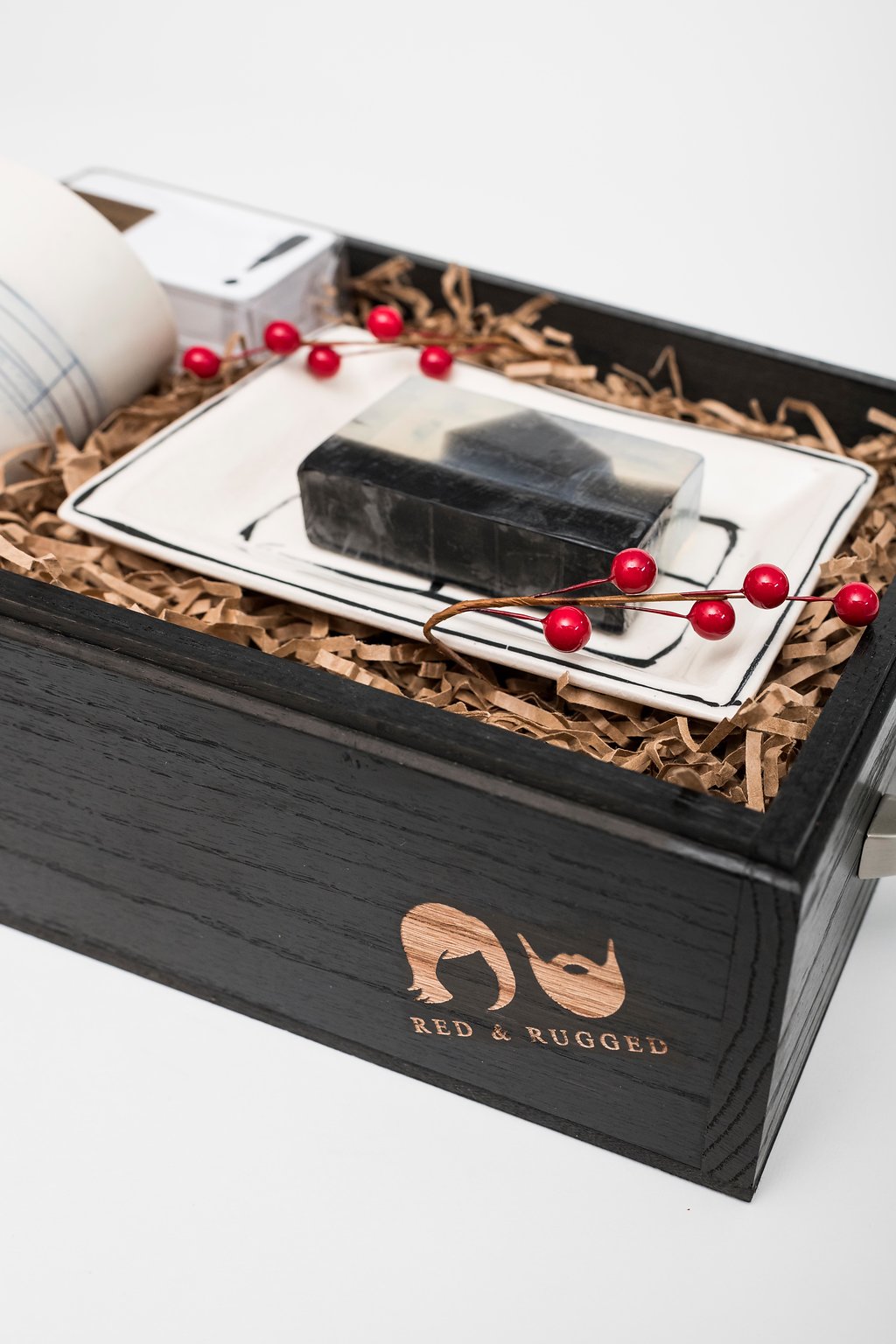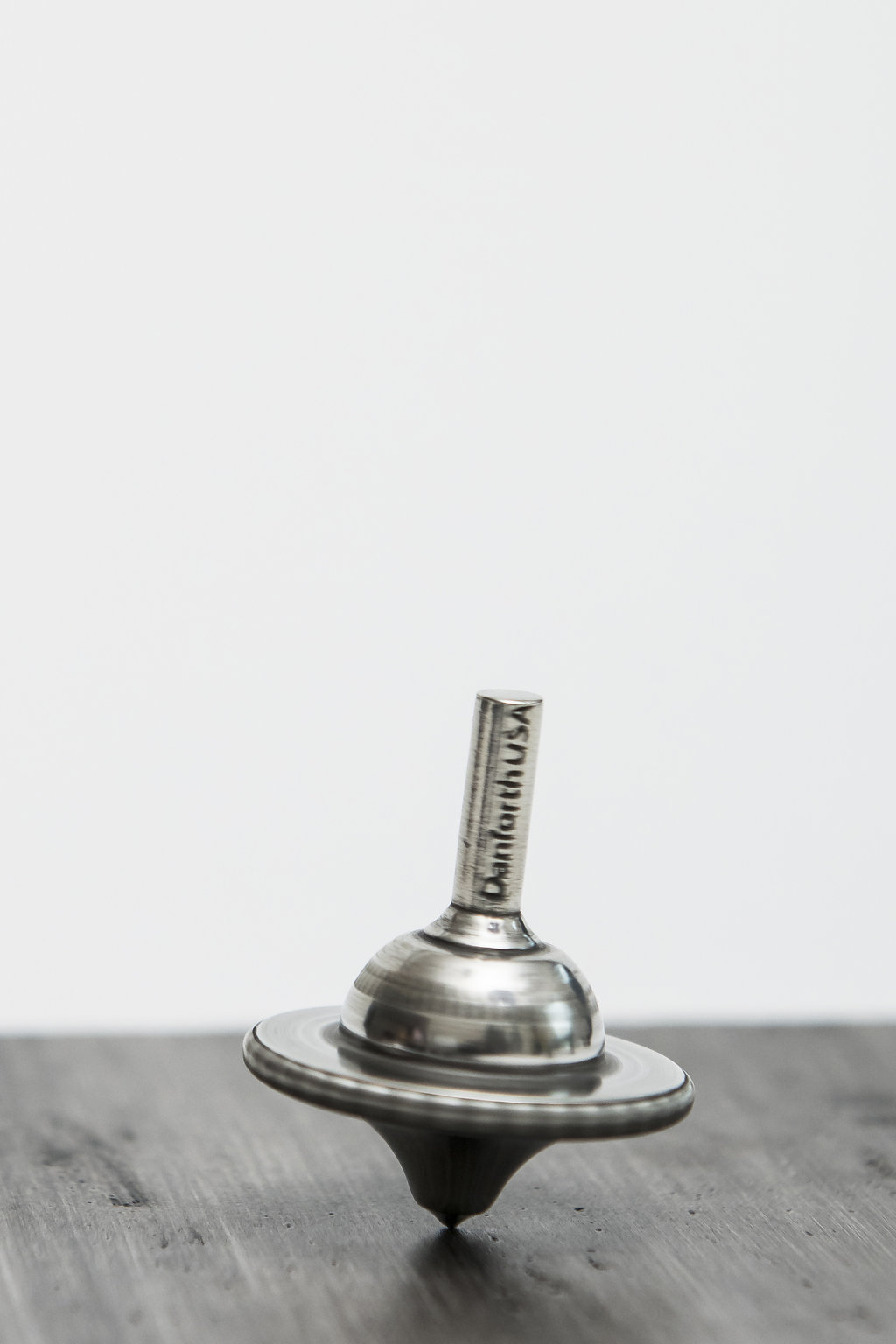Our recent trip to Italy was quite an excursion, this being our first visit. I’ve highlighted a few notes from our journal of adventures in Rome, to give you a sense of each day. I won’t get into the details of each tourist stop, for that I’d need an e-book, and more time. This is about how it feels to be immersed in the neighborhoods of the city. Ciao Bella!
Are those Palm trees? It was one of the first things we noticed getting off the plane. It never occurred to us that Rome was in a climate of Palm trees. Sorrento, we expected it to be balmy and Mediterranean. But Rome? We had not expected it. We need to get out more.
The minute you step outside and into the streets of Rome, you are in the thick of it. That’s the best way I can describe the feeling. It’s loud and boisterous, yet friendly. On the other hand, crossing the street, navigating between motorcycles and cars, is an act of pure survival. Riding in the backseat of a taxi is even more so. We’re still unclear how the drivers know when they can turn and drive on the active train tracks of the above ground transit lines.
It must be the narrow streets that seem to put you so much closer to the action (than in NYC by comparison). There appear to be minimal rules-of-the-road too, mere guidelines, except for the fact that motorcycles can do whatever they want, go wherever they want, and park wherever they want. The few times we were inside a car, I stopped looking out the front windshield at the chaos, and focused on looking out my passenger window. I figured, if I was going to go that day, I’d be looking at something lovely when it happened.
Black is the new black. Women sport chunky boots and black skirts or jeans, with helmets in-hand. And they wear it well, even in 90 degrees. It almost made me want to come home and buy a motorcycle. My rugged half definitely wanted me to do it.
Live music is everywhere. From Piazza Navona, to the Saturday morning market, to the side streets near Trevi Fountain. A budding musician plays at every turn.
We stumbled into an area known as the Ghetto, after being lost for 90 minutes when we tried to navigate our way home from the Colosseum, in the rain. (Note: The blue dot on GPS does not always show where you’re really located.) This streetscape was the silver lining discovery of Rome, with outdoor restaurants lining each side, and pedestrian only foot traffic. Pasta was being hand-cranked outside by the front door of the restaurant where we decided to eat dinner. The live entertainment arrived at dark to attempt back flips over a hand-held bar, in the middle of the street. I tried not to consider what would happen if they miscalculated and landed on our tables. The waiters seemed unconcerned.
Then there was the marching “tin man” as we called him. It was hard to imagine the miles he must cover in a day. (Remember, it was almost 90 degrees at the end of September.) He marched around the market, then showed up hours later at the Pantheon. And he was still marching. He carried the drum like a backpack, with the beat of the drumsticks tied to his shoes. Every time he walked forward, the rope pulled and the drum beat. His free hands then played a tune on the accordion. We had to give him a tip. As I said, a musician at every turn.
After four days in Rome, we were ready to hop our train and head to Sorrento to indulge in the warm breezes, Aperol Spritz, and relaxation of the Amalfi Coast. Rome is both intoxicating and exhausting. There’s no denying that you feel alive and energized in Rome, as all your instincts and senses are on alert. The people, and energy of the streets, command your full attention.
From left to right below: The Ghetto, Pasta making in the Ghetto, Trastevere neighborhood, Piazza Navona, Spanish Steps, “Tin Man”






